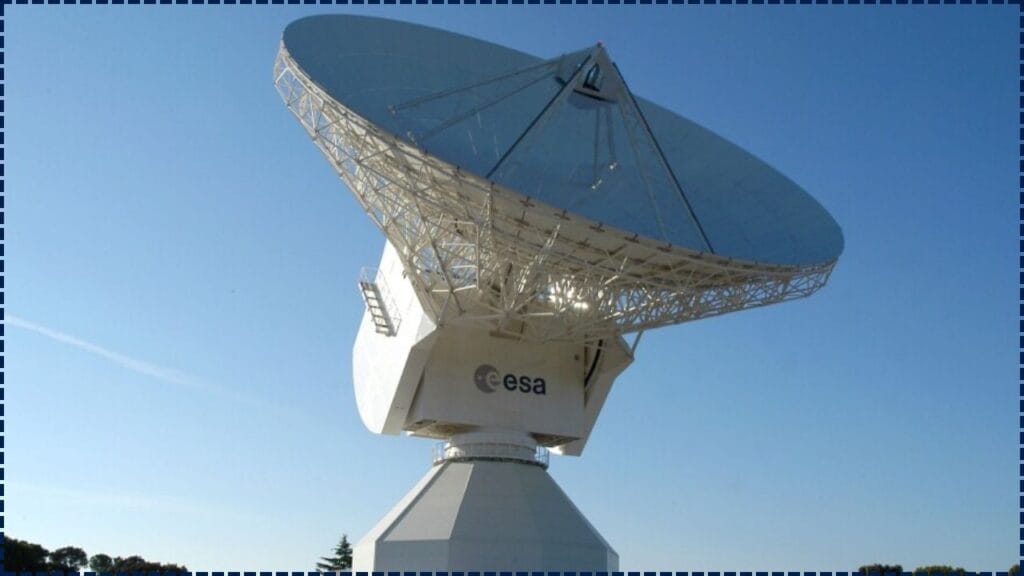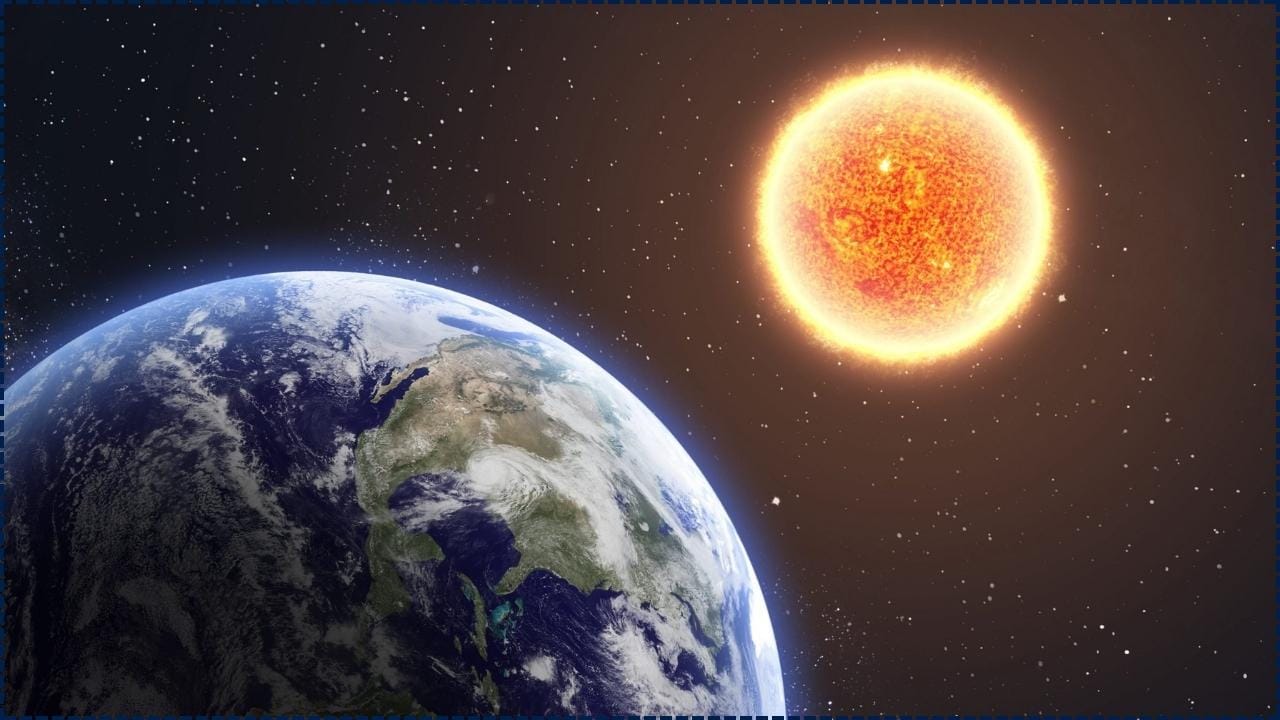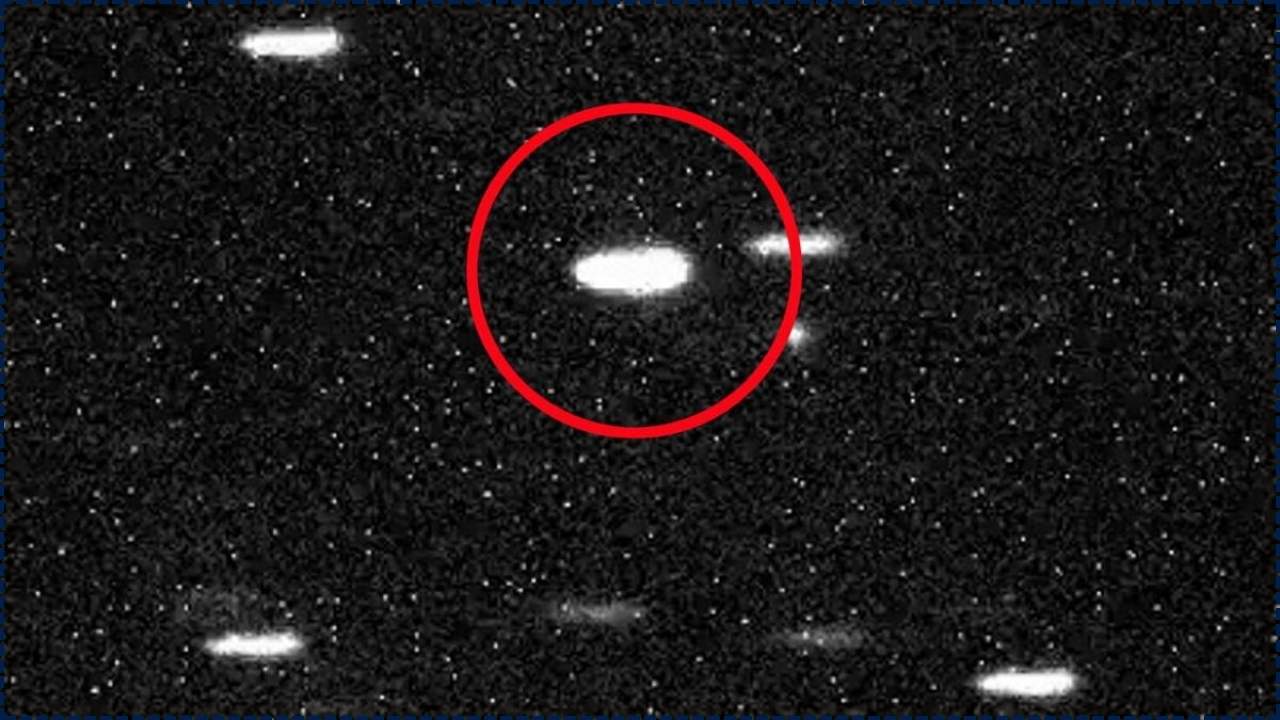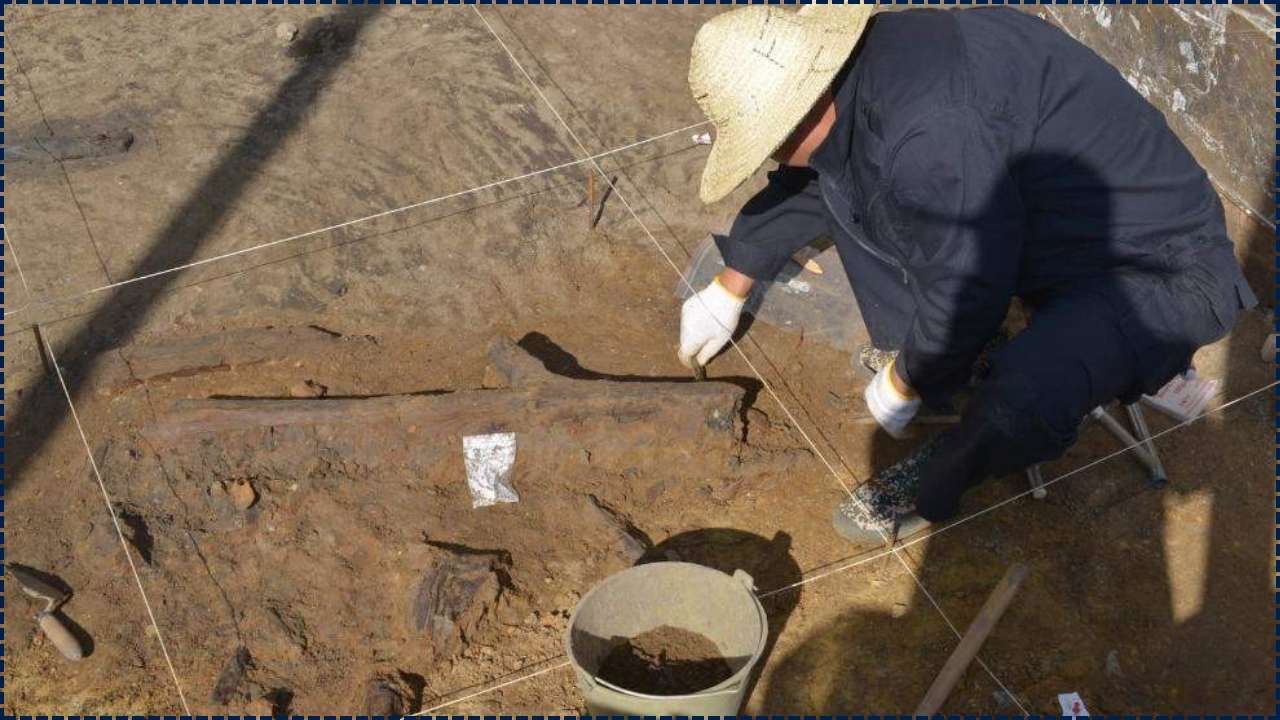European Space Agency Sends Classical Music Into Space: On May 31, 2025, the European Space Agency (ESA) will do something out of this world — literally. ESA is sending Johann Strauss II’s famous waltz, “The Blue Danube,” into deep space. Why? To mark the 200th anniversary of Strauss’s birth and celebrate ESA’s 50th anniversary with a cultural gesture that blends science, history, and art.

But this isn’t just for show. It’s about correcting a cosmic omission, honoring artistic achievement, and reminding the world that music — like space — is a universal language.
European Space Agency Sends Classical Music Into Space
| Topic | Details | Source |
|---|---|---|
| Event | ESA broadcasting “The Blue Danube” into deep space | ESA |
| Date | May 31, 2025 | AP News |
| Location of Broadcast | Cebreros Deep Space Antenna, Spain | ESA Deep Space Stations |
| Music Performed By | Vienna Symphony Orchestra | Times of India |
| Target | Voyager 1 spacecraft (15+ billion miles away) | NASA Voyager Mission |
ESA’s decision to send “The Blue Danube” into deep space isn’t just about honoring Strauss or making up for a 1977 oversight. It’s about showing the world — and maybe the universe — who we are.
We’re explorers, artists, engineers, and dreamers. And sometimes, we like to send waltzes to the stars.
Why ESA Is Sending Music Into Space
The European Space Agency isn’t just about satellites and space stations. As ESA’s Director General Josef Aschbacher puts it, space is also about culture, inspiration, and connecting with the human experience. So why not beam one of the most recognizable pieces of classical music to the stars?
This musical broadcast serves three purposes:
- Celebrate Johann Strauss II’s 200th birthday.
- Commemorate ESA’s 50 years of space exploration.
- Rectify the exclusion of “The Blue Danube” from the 1977 Voyager Golden Record.
“It’s about sending beauty and peace into the cosmos,” Aschbacher said during a press preview. “And about fixing a small, musical mistake.”
The Music: What Makes “The Blue Danube” So Iconic?
Even if you don’t know the name, you’ve probably heard the tune. “The Blue Danube” became globally famous thanks in part to Stanley Kubrick’s 1968 film 2001: A Space Odyssey. The waltz played during majestic scenes of rotating space stations and orbital ballet — essentially becoming the soundtrack of space in pop culture.
And yet, strangely, it was not included in the Voyager Golden Record, which carried music, sounds, and greetings from Earth into deep space aboard Voyager 1 and Voyager 2 in 1977.
Fun Fact
- The Golden Record included works by Beethoven, Bach, and Chuck Berry—but no Strauss.
- ESA’s new broadcast aims to send “The Blue Danube” toward Voyager 1, currently over 15 billion miles from Earth.
How the Music Will Travel Through Space
ESA will transmit a high-fidelity digital version of “The Blue Danube” from the Cebreros Deep Space Antenna in Spain. Here’s how it works:
The Journey at Light Speed
- To the Moon: ~1.5 seconds
- To Mars: ~4.5 minutes
- To Voyager 1: ~23 hours
That’s right — it’ll take almost a full day for the music to reach the area of space where Voyager 1 is currently floating.
The Performance: Music Meets Mission Control
Before the transmission, the Vienna Symphony Orchestra will perform “The Blue Danube” live at an ESA-hosted event. The concert will be streamed to public viewing locations in Vienna, Madrid, and New York. A pre-recorded version will then be transmitted into deep space.
Where You Can Watch
- Vienna State Opera House
- Madrid Planetarium
- American Museum of Natural History, NYC
This event is a celebration of science and humanity, linking Earth with the cosmos in a deeply poetic way.
Why Send Music Into Space at All?
This isn’t the first time music has traveled beyond Earth:
- In 2008, NASA transmitted The Beatles’ “Across the Universe” toward Polaris.
- The Voyager Golden Record includes greetings in 55 languages, animal sounds, and 27 musical tracks.
Music in space is more than symbolic. It shows:
- What humans value
- Our creativity
- Our desire to reach out and connect
“You don’t have to speak German or English to feel Strauss’s waltz,” said ESA Culture Director Elise Granier. “It speaks to your soul.”
The Science Behind the Art
The broadcast of “The Blue Danube” isn’t just symbolic. It highlights how deep-space communication systems work:
Deep Space Antennas (DSA)
ESA’s network of Deep Space Antennas includes:
- Cebreros Station (Spain)
- Malargüe Station (Argentina)
- New Norcia Station (Australia)
These antennas are used for:
- Transmitting commands to spacecraft
- Receiving data from billions of miles away
- Time-syncing mission navigation
FAQs On European Space Agency Sends Classical Music Into Space
Q: Is this the first time music is being sent to space?
A: No, but it’s the first time ESA has transmitted a full classical piece like “The Blue Danube.”
Q: Will the music ever be heard?
A: Possibly not — unless it’s intercepted by an intelligent civilization. But it’s mostly a symbolic gesture.
Q: Why send music instead of science data?
A: Science and art go hand-in-hand. ESA sends scientific data every day — this is a way to share human culture and beauty.
Q: Can I attend one of the events?
A: Yes, many public venues will host live screenings. Visit ESA Events for details.
Q: What else is ESA doing to mark its 50th anniversary?
A: ESA is planning special launches, educational programs, and public exhibits throughout 2025.
What It Means for the Future
Sending “The Blue Danube” into space is more than a cute headline — it’s part of a growing cultural movement in space exploration. As we send humans back to the Moon and soon to Mars, art and music will come with us.
Expect more cultural initiatives from ESA, NASA, and global partners. We might see:
- Poetry written in orbit
- Live concerts on the ISS
- Space-based art installations












